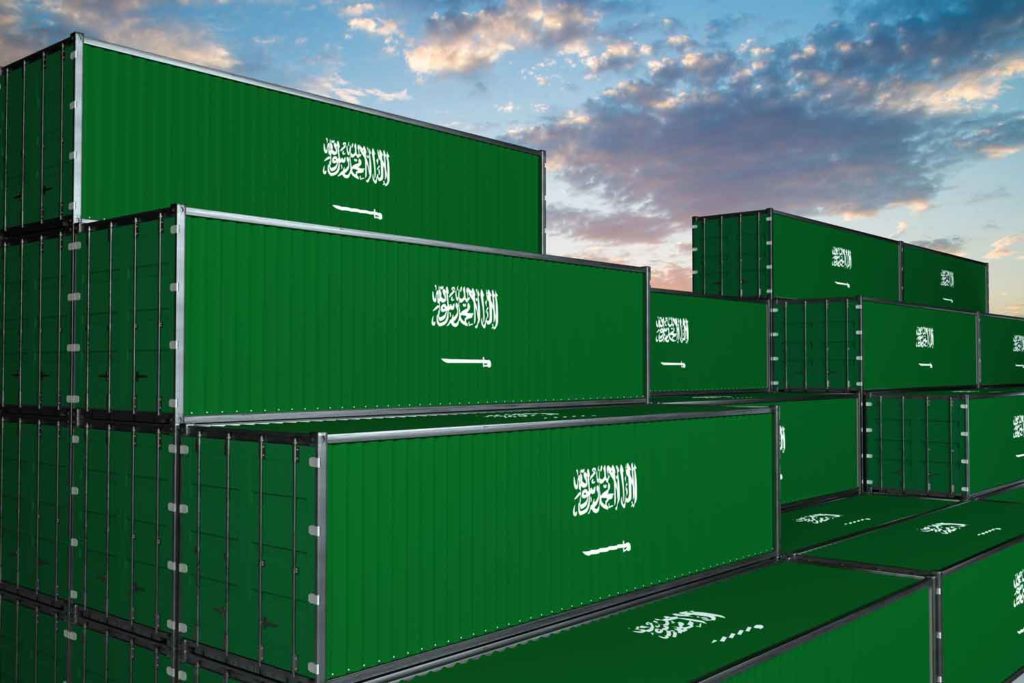
RELX International concluded a training session with Saudi Customs Authority and Saudi Authority for Intellectual Property officials on May 25. The training aimed to complement Saudi officials’ efforts in fighting the illicit trade of contraband and counterfeit e-cigarettes in the kingdom.
The training covered several key aspects: discerning legal products from illegal ones; raising awareness and educating people about the consequences of the illegal trade of e-cigarettes; sharing research and intelligence on identifying illegal trading activities; collaborating with government officials to track and confiscate counterfeit products; and developing and implementing product authentication, tracking and tracing technologies. To facilitate the effectiveness of the training, RELX International collaborated with leading intellectual property firm SABA IP.
As part of RELX’s ongoing commitment to protecting the rights of legal e-cigarette users, and fighting the illicit trade if e-cigarettes under the Golden Shield Program, additional training sessions are planned in the United Arab Emirates, Egypt and Jordan.
“As a responsible company, RELX frequently works with local authorities, investigation firms and e-commerce platforms to identify and remove contraband and counterfeit e-cigarette products from the market as part of the RELX Pledge,” said Robert Naouss, external affairs director, MENA & Europe at RELX International, in a statement.
“We are pleased to have been able to complete an in-depth training session with relevant Saudi authorities and applaud their tireless commitment to ensuring consumers in Saudi Arabia have access to authentic and reliable e-cigarette products at fair prices.”
RELX established the Golden Shield Program in August 2019 to help prevent the production and sale of the illicit goods. Since its establishment, the initiative has helped remove more than 550,000 fake products from the market, as well as over 77,000 websites.




















